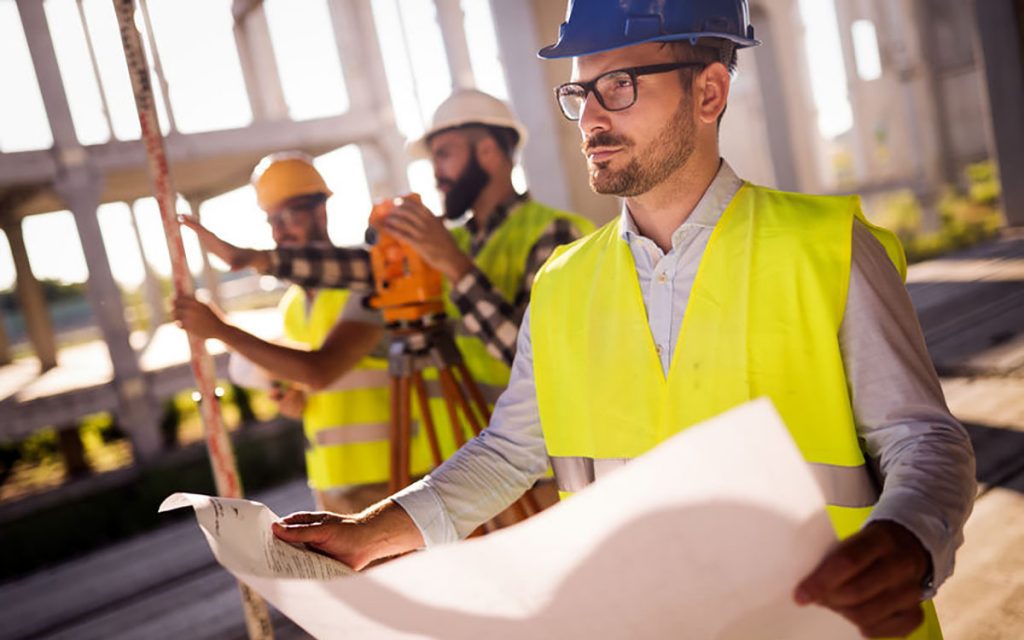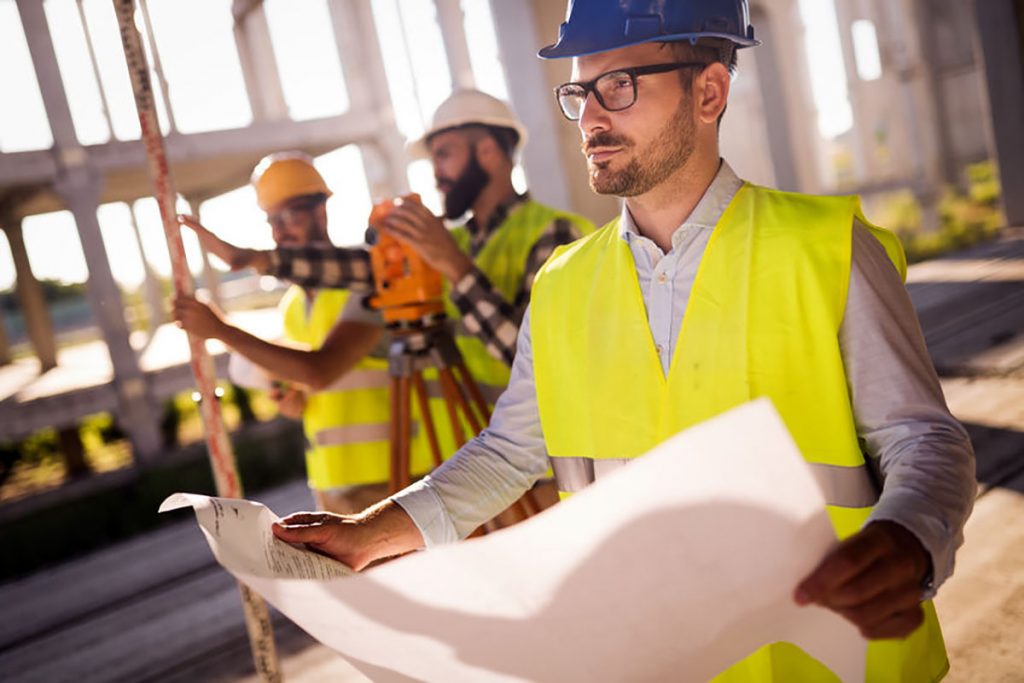What is Value Engineering in Ground Improvement?

 Jeff Christensen, P.E., discusses the different stages of a project when value engineering can be beneficial to support successful and quality ground improvement techniques.
Jeff Christensen, P.E., discusses the different stages of a project when value engineering can be beneficial to support successful and quality ground improvement techniques.
Value engineering is a methodology that we use frequently in construction. It primarily means identifying solutions to eliminate unwanted costs while improving product quality and value for the owner. In the geotechnical field, ground improvement techniques can offer value engineering at several phases in a project. But it’s important to understand when to bring a geotechnical engineering consultant into discussions to gain the true value of their experience.
We have supported successful value engineering solutions during the following project phases, resulting in winning bids, reduced costs and project longevity.
At the Bidding Phase
In competitive bidding environments such as public transportation or other government contracting, general contractors may seek opportunities to reduce their pricing while still maintaining a competitive and quality solution for the client.
Tough or poor soil conditions can increase excavation costs and project timelines. However, a more cost-effective ground improvement technique could be proposed and included in the bid’s project approach. Therefore, alternative design solutions to overexcavation and deep foundations can support the bidding phase — helping companies stand out to secure new work.
At the Design Phase
The timing for ground improvement can vary. Sometimes the developer is already aware of poor soil conditions. Most of the time, they are discovered during geotechnical site analysis and design phases. However, the general contractor may also discover during excavation that a borderline location is not as good as initially thought. Alternate solutions are often considered when the required undercut depth is likely to increase time and materials costs.
With wind projects, for example, turbines are typically located in remote, open areas where they can generate the most power, which translates to long hauls for equipment and materials. Poor soil conditions can create high costs and delays even for shallow excavations.
It may only take one to two days at a given turbine site to improve the ground with a Geopier® solution, compared to a shallow undercut for a remote site with expensive haul distances to bring in good gravel. Also, if it’s spring and raining, for example, the timing and installation of our solutions are typically less impacted by climate conditions.
For Troubleshooting
Sometimes, a project moves past the design phase but the owner or general contractor identifies a concern that requires troubleshooting. Rather than going straight to discussions of driving piles, which can be expensive and not conducive to use of regular footings, value engineering can support troubleshooting for an alternate ground improvement solution.
For the construction of a parking ramp addition, differential settlement between the ramp addition and the existing parking ramp was a particular concern. In addition to saving time on excavation and driving piles, the Geopier solution we recommended allowed the construction team to use regular footings designed for 8,000 pounds per square foot of bearing pressure, which doubled the recommended bearing pressure. The fairly good soil only required ground improvement directly under the footings, not the slab on grade, to maintain differential settlement within the estimate.
By the time the top floor of the six-story parking ramp addition was underway, the construction testing team could tell that the structure was done settling and that the ground improvement solution was working as designed. Overall, the testing lead said it was a good solution with economic benefits compared to driving piles.
To learn more about how we deliver value engineering with our Geopier solutions, visit our Technologies page.
